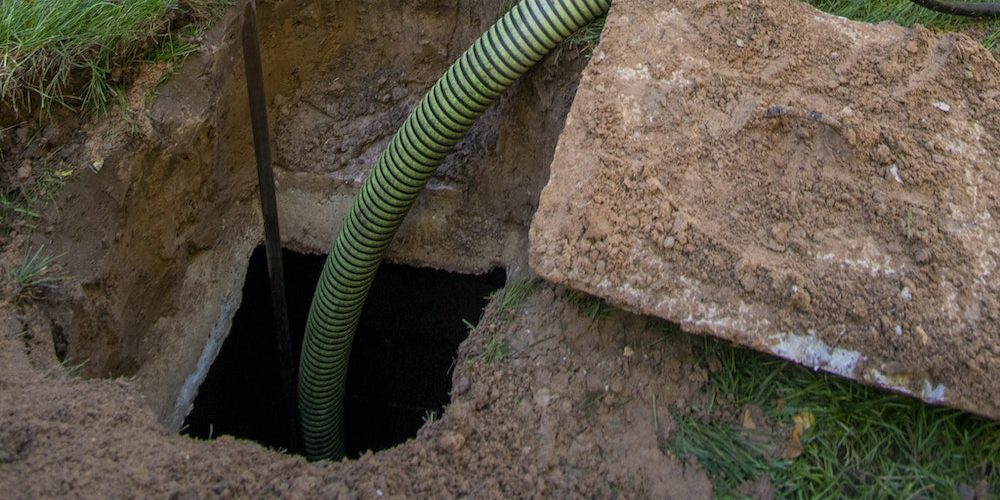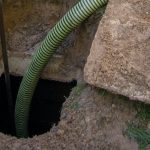Even a so-called septic system expert may make a peculiar recommendation to homeowners about onsite maintenance.
Every so often we have homeowners or even septic professionals ask us what needs to be done to enhance or improve bacterial action in the septic tank. Most often these questions arise either around startup of a new system or after the tank has been pumped. As a septic professional we’re sure you also get these questions — along with legitimate questions about the long-term operation of the system you install.
It is always interesting to us how some of the myths or misinformation gets incorporated or discussed right along with best practices, making it hard sometimes to sort out the facts from the fiction. Recently we saw a video broadcast on local TV stations where a wastewater professional discussed how homeowners should protect and maintain their septic tanks.
The video started with the professional highlighting that it was important to have your septic tank checked on a 3-5 year basis. He stated the tank should be pumped and inspected on a regular interval. This would remove the solids and offer the opportunity to inspect the structural condition of the tank, such as for the presence of cracks or corrosion. He mentioned downstream problems due to restrictions or blockages that may be present and the importance of having and maintaining the effluent screen at the outlet baffle. So far, so good! All items we would all agree are important.
Say no to garbage disposal
The next topic covered was that extra water delivered to the septic system can cause it to be overloaded. It was rightly pointed out that leaky toilets or faucets can deliver a lot of water over time, which just may be enough to push a system into failure. This is an area where the homeowner can really help by making sure leaky fixtures are repaired or replaced as soon as possible. Consistent hydraulic overloading is one of the quickest ways to cause system failure.
To check toilets, it was suggested that adding food coloring to the supply tank can indicate if the toilet is leaking if the homeowner raises the question. Again really good advice for a homeowner, particularly if they are new to septic systems.
A recommendation was made to avoid using a garbage disposal for all the reasons we talk about in our classes and column. More water is added, more solids are added to the system, some solids added are harder to break down and others are harder to settle — all of which leads to the need for more frequent maintenance and checking. The best way to avoid these problems is not to have a garbage disposal.
Next up was how important it is to make sure the bacteria in the tank are healthy and working to break down the organic waste material. The expert mentioned that repeated use of harsh chemical additives can upset bacteria in the tank, making it operate less efficiently again resulting in increased maintenance. Examples of harsh chemicals include drain cleaners, antibacterial products, medications, laundry bleach and other bleach-containing cleaning products. A big thumbs-up; very important! Keep those bacteria working.
Wait for it…
Then the punchline came from the service provider being interviewed: “One of the best things a homeowner could do to promote the health of their tank was to add a quart of buttermilk to the tank every month.” What? Where does this come from? It’s one of those myths that somehow gets started somewhere and gets passed along word of mouth until it’s so ubiquitous it must be true.
Think about this for a minute though. Let’s just say we have a household that uses 300 gallons of water per day. Over a 30-day period, that is equivalent to 9,000 gallons of liquid. Adding a quart of anything just based on sheer volume of wastewater generated is literally like a drop in a bucket and will have no effect on bacteria in the tanks, especially since the suggestion was that it would provide necessary food for the bacteria. In 9,000 gallons of wastewater, there is plenty of food for the bacteria; they do not need any additions.
This fits in with a couple of other myths we still hear, but a little less often than in the past. “To start up a new tank, I should add some dead meat to provide something for the bacteria to eat until the tank starts to work.” Dead meat could be in the form of chickens, leftovers from locker plants etc. The bottom line is bacteria present in sewage from the house will be more than enough to get the tank started.
Another myth is, “I should leave a few inches of sewage in the bottom of the tank when it is cleaned so the tank can get started again.” There are sufficient bacteria carried in the incoming wastewater and left over in the tank even after a thorough pumpout to get the tanks started again. However, the tank should not be washed or disinfected, a question some homeowners have asked their service provider.
We are sure you have your own set of myths you encounter, but there is no substitute for proper operation, inspection and maintenance of a tank to keep the system working as intended.
Anderson, J., & Gustafson, D. (2023, January 18). It’s Time to Put Septic Tank Myths to Rest. Pumper. https://www.pumper.com/online_exclusives/2023/01/its-time-to-put-septic-tank-myths-to-rest?utm_source=newsletter&utm_medium=email&utm_content=Article%20Title




